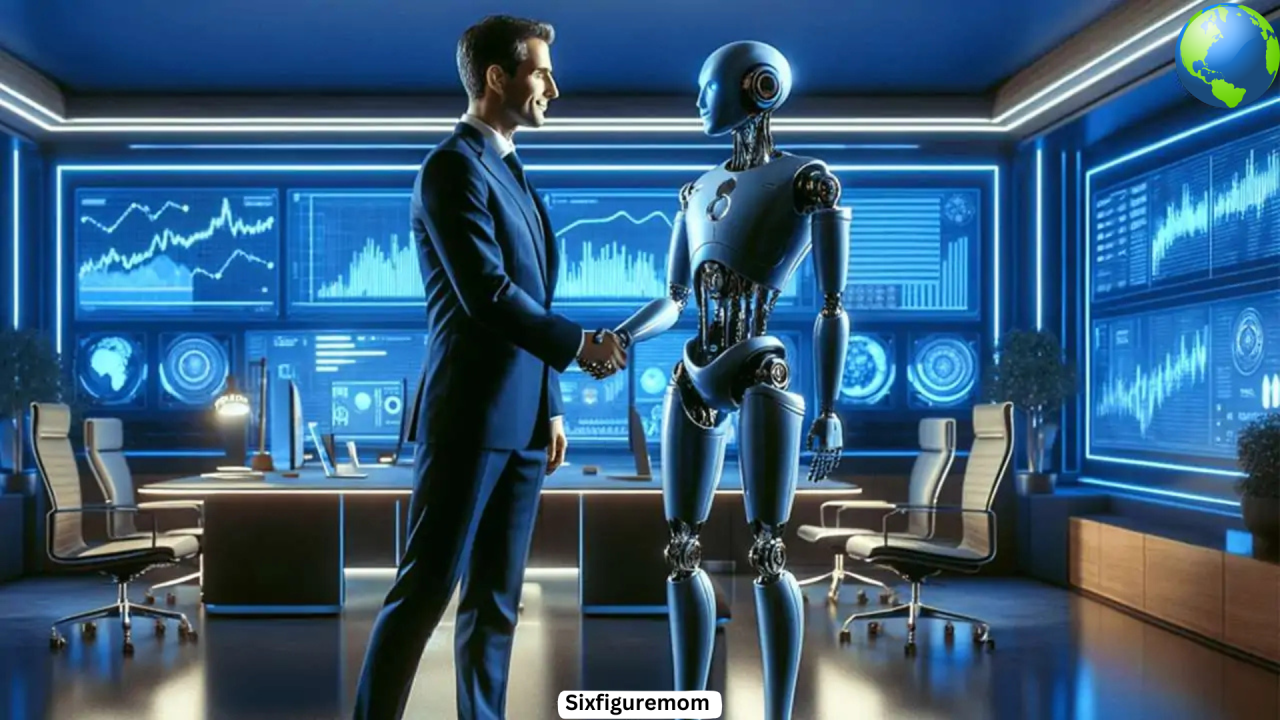Artificial Intelligence (AI) is no longer a futuristic concept—it’s a present-day reality reshaping industries at a pace we’ve never seen before. In 2025, AI tools have moved beyond just assisting workers to outright replacing roles that were once deemed irreplaceable. From customer service to content creation and data analysis, AI’s impact on the job market is both impressive and concerning.
This blog delves into the top 10 AI tools that are actively replacing human jobs in 2025, offering a professional yet grounded perspective on how businesses and individuals can stay informed and prepared.
1. ChatGPT Enterprise by OpenAI
ChatGPT Enterprise is transforming how companies handle customer support, internal documentation, and employee communication. With deep language understanding and customizable workflows, it has significantly reduced the need for human customer service agents and content writers. Startups and enterprises alike are opting for this AI-powered tool to automate email responses, generate business proposals, and draft marketing content—jobs that once required a small team.
2. Jasper AI for Content Marketing
Jasper AI is being used heavily in the content marketing industry. It generates SEO-friendly blog posts, ad copy, and email campaigns in minutes, effectively replacing the roles of junior copywriters and freelance marketers. What makes Jasper even more powerful is its ability to adapt to brand tone, creating content that feels human and engaging. The demand for human content creators is shrinking as companies choose efficiency over traditional workflows.
3. Synthesia for Video Production
Video content has skyrocketed in demand, and Synthesia meets this demand without cameras, actors, or studios. By creating realistic AI avatars that can speak multiple languages, Synthesia is replacing traditional video presenters, voiceover artists, and even video editors. This AI tool is being used by businesses for training videos, product demos, and social media content. Its cost-effectiveness and scalability have made it a go-to solution for corporations looking to streamline video production.
4. DALL·E 3 and Midjourney for Design Work
Graphic designers are finding stiff competition from tools like DALL·E 3 and Midjourney. These AI image generators can create logos, illustrations, and even complex artwork based on simple text prompts. Many companies are now using these platforms instead of hiring freelance designers, especially for marketing materials, stock photos, and quick creative concepts. Although high-end design still requires a human touch, these tools are replacing entry-level design jobs at a rapid pace.
5. Copy.ai for Email and Ad Campaigns
Copy.ai specializes in crafting email subject lines, ad campaigns, and website copy. With templates built for different industries, it allows businesses to produce high-converting content without the help of a copywriter. E-commerce brands and digital marketers are particularly leaning on Copy.ai for product descriptions and social media ads, reducing their reliance on human talent.
6. Replika for Mental Health and Companion Roles
Though it may sound controversial, Replika is being increasingly used in mental health support as a conversational AI companion. While not a replacement for licensed therapists, Replika offers round-the-clock support for users dealing with loneliness or mild emotional distress. For wellness apps and low-cost therapy providers, AI solutions like Replika are taking on roles once held by human companions or customer support in wellness sectors.
7. Descript for Podcast and Audio Editing
Descript is a powerful AI audio and video editing tool that is making waves in the podcasting industry. It allows creators to edit audio by editing the transcript, automatically remove filler words, and even replicate voices with Overdub. Freelance audio editors and transcriptionists are seeing reduced opportunities as podcasters and small businesses turn to Descript for quick and affordable editing.
8. Pymetrics for Hiring and HR Screening
Hiring managers and recruiters are witnessing automation with tools like Pymetrics. This AI-driven platform evaluates candidates through neuroscience-based games and provides data-driven hiring recommendations. Pymetrics is replacing initial rounds of screening in HR departments, streamlining the recruitment process and eliminating the need for human pre-screeners.
9. Tome AI for Business Presentations
Tome AI helps users create investor decks, pitch presentations, and training documents in minutes. By understanding context from a simple prompt, it builds professional-grade slide decks complete with visuals and charts. Small businesses and startups are choosing Tome over freelance presentation designers, especially for quick-turnaround projects.
10. Runway ML for Video Editing and VFX
Runway ML is a creative suite powered by machine learning that handles video editing, background removal, motion tracking, and more. It’s increasingly being adopted in advertising agencies, media companies, and content studios. Video editors, especially those in entry-level roles, are being affected as AI tools reduce production time from hours to minutes.
The Human Touch: What’s Still Needed?
While AI tools are undeniably replacing certain job functions, it’s important to remember that many still lack the empathy, critical thinking, and emotional intelligence that only humans possess. Roles that require strategy, creativity at a high level, interpersonal interaction, and ethical decision-making continue to thrive. In fact, the emergence of AI is creating new roles such as prompt engineers, AI ethics consultants, and human-AI collaboration specialists.
Preparing for the Future
The key takeaway for professionals in 2025 is adaptability. Learning how to work with AI, rather than compete against it, is the new skill set. Upskilling in areas like AI tool management, digital strategy, and cross-functional communication will make professionals more resilient. Whether you’re in marketing, HR, design, or media, staying informed and continuously learning is your best defense against job displacement.
AI is not just transforming industries—it’s reshaping how we define work. These ten tools are clear indicators of where we are headed. While some roles are being phased out, others are evolving. Embracing change, upskilling, and maintaining a human-centric approach will ensure you remain relevant in the job market. AI may be replacing some jobs, but it’s also opening doors to entirely new career paths we never thought possible.
